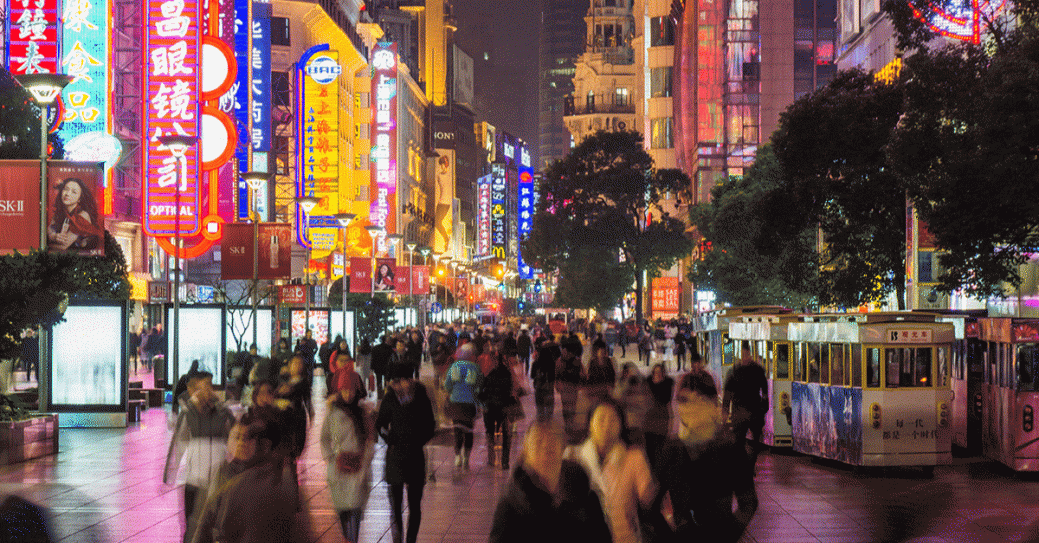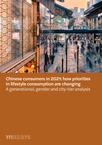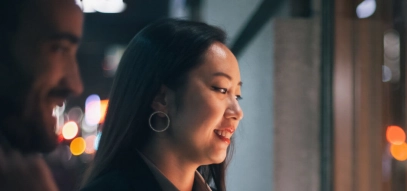Published in partnership with Accor, Bulgari, Maserati, Remy Cointreau, and Noblesse, we examine consumer lifestyle preferences among men and women across generations and cities and reveal some new trends that will define the Chinese consumer market in the coming years.
Download the report
From having to being: how China’s consumers are shifting their priorities to align with personal development goals
Based on original research, the report reveals that new categories of growth are emerging and with them, new opportunities. In the post-pandemic economic environment, urban Chinese are focusing on experiences – whether they be fine dining, cultural events, sport, or further education – to enhance their lives.
Emerging from the pandemic with a new attitude towards spending
Three-quarters of survey respondents say their lifestyle consumption has changed since the outbreak of Covid-19. China was the first country to emerge from the pandemic and 2021 saw domestic tourism and food and beverage bounce back in a wave of pent-up demand. Where are consumers spending the most and how have their habits changed from the pre-pandemic era? What can consumer brands do to evolve with the changing needs of their target audiences?
Embracing the intangible
Luxury goods are taking a backseat to experience and wellness spending as consumers across all genders, generations and cities are shifting their spending habits on the intangible. Yet, each cohort has adopted their own preferences. How has this re-evaluation of lifestyle spending influenced each consumer profile? Which products and services are the most sought-after for each cohort and what spending trends are here to stay for the years to come?
Read our new report to discover the latest trends in consumer spending and learn what brands can do to keep up with these shifting priorities. Full report below.





